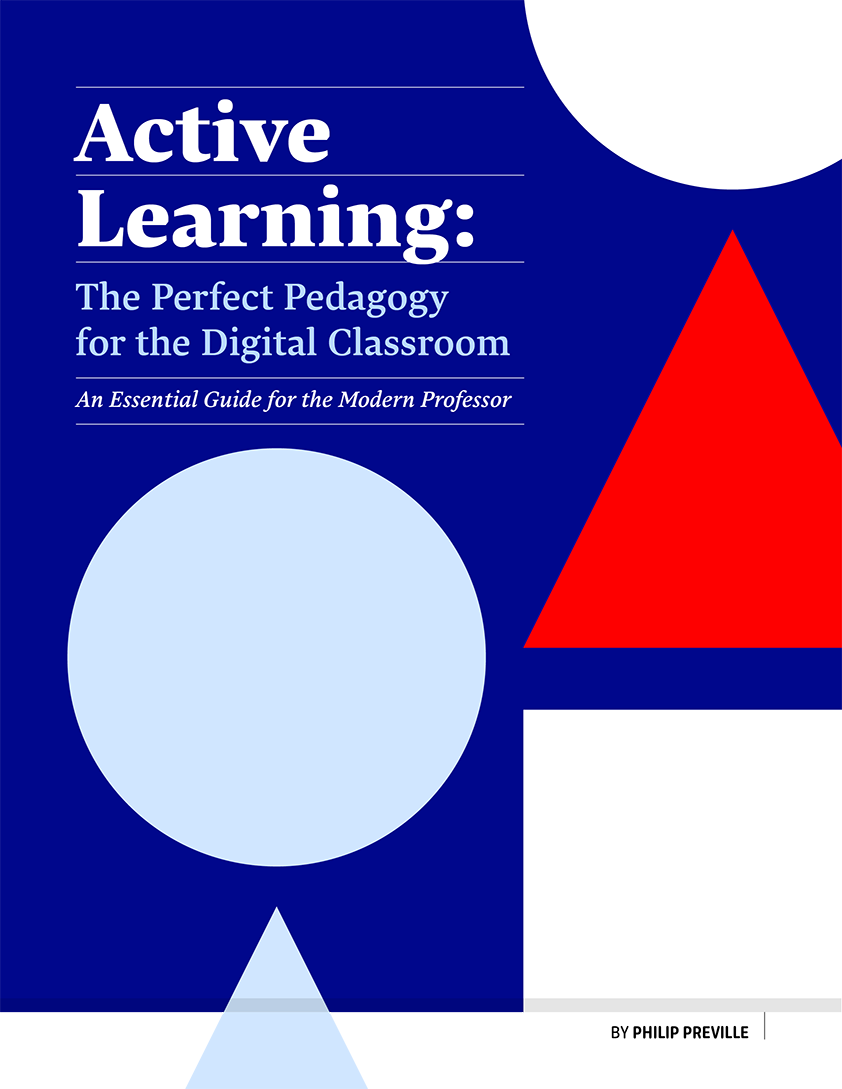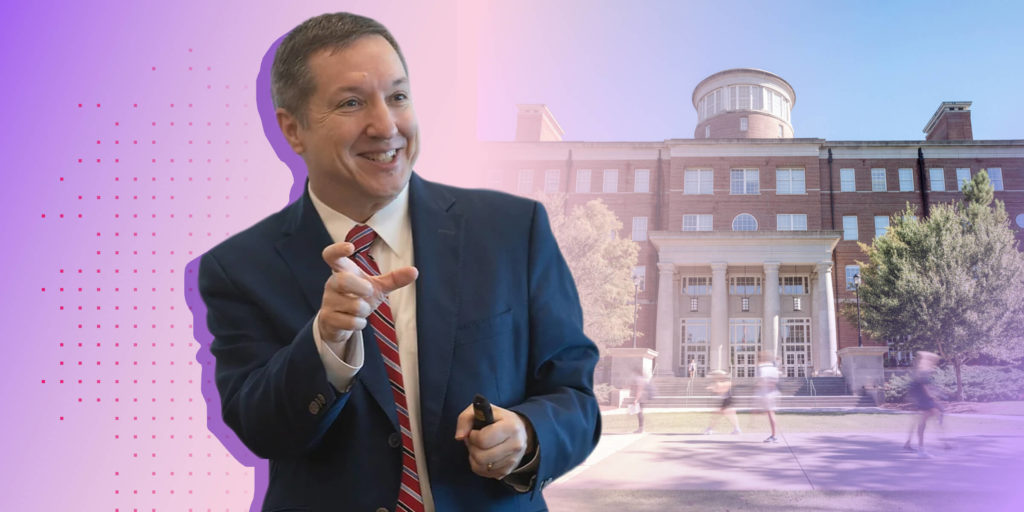For decades, Carnegie Mellon University has been at the forefront of the development of technology-enhanced learning. But when administrators discovered that, within their own institution, new evidence-based classroom technology was not being widely adopted, educational anthropologist Dr. Lauren Herckis was brought in to investigate.
After receiving a $1-million, two-year grant from Carnegie Corporation of New York, her research project kicked off in 2015. Her findings recently made for grabby headlines, with some media describing CMU educators’ resistance to trying out new classroom technology as a ‘fear of looking stupid.’ But the full story is that most of their resistance to tech was actually rooted in educators’ anxiety over student evaluation, or because they had an existing, known method of teaching in practice.
Herckis began the study by following four individual efforts to design, develop and implement classroom technologies—sitting in on meetings, reading email chains and conducting interviews—and then also administered a quantitative survey to all faculty at the school. The last step, the results of which are still being analyzed, consisted of a series of semi-structured interviews. We talked with Dr. Herckis to hear more about her research and findings so far.
Since your subjects were aware of the point of your research, were they being fully honest about their resistance to using new classroom technology?
There were certainly people who played their cards a little close to their chest, or who were not comfortable revealing their own motives. But, over the course of a year, people get to know each other and relax. I also guarantee confidentiality and anonymity and that goes a long way. I also think that, for the most part, people were happy to share their thoughts and perspectives. And, generally speaking, people are not resistant—they have very reasonable concerns.
What were these concerns?
Some will say, “‘I really want to use it, but I don’t have the time to learn how to use it well enough this semester.”’ Others will say, “‘This semester I’m teaching a class that I’ve been working on for years and I have a great way of teaching it and I have the right technology for the course and new technology would not add anything.”’ Others will say, “‘I’m really interested in using this classroom technology and it might be a really good fit, but there’s a risk. I don’t know if it’ll work with these students or this course and my evaluation of teaching really matters and if the students aren’t happy I could lose my job so I don’t want to take that risk this semester.”’ And even others will say, “‘The first time I use this in my class, things will go wrong. Sure, I’ll figure it out and it’ll be fine next semester, but it’s not fair to the students to use them as a testing ground.”’
I imagine students might be upset about that, too, if they knew.
Absolutely. Even if they don’t know, they may walk away from a class saying they don’t feel like they got much out of it, or it seems like a faculty member is using a tool because it’s cool but it doesn’t add anything. The fact that faculty really value the student experience is a strong incentive for them to go with methods with which they have a very strong understanding.
One of your findings was that professors hold onto teaching principles they learned long ago. Why is that?
There’s a common perception that, especially at research institutions, professors would rather be doing research than teaching. But what I encountered is that being an educator is actually central to their identity. I had someone say to me, “’I’m here for a reason. If I wanted to just do research, I would be at a think tank and I’d be making a lot more money, but I’m here because I’m a professor.”’
What it means to teach comes from very formative experiences. They say, “’My father was a teacher— he taught in this way,’” or, “’When I was a freshman in college, I had a class that was revelatory. I saw how the teacher laid out these problems and it all fit together for me and it was extraordinarily exciting.’” These moments of inspiration are often central to the way faculty think about teaching and also think about themselves.
But do some faculty who have those anecdotes also remain more open to new teaching methods and classroom technologies?
Yes. For many of them, their idea of being a good teacher means constantly trying new things or constantly improving their teaching or staying on top of the literature into effective teaching practices. For others, it has nothing to do with that whatsoever—it’s just something you have or don’t have.
Is there a point within an academic career when professors are more open to adopting new methods and tools?
There’s a very fertile moment during grad school and early in a teaching career where faculty are eager to learn new ways of doing things. But any university has new faculty coming in all the time, which means they also have faculty that have been there for decades who have well-established ways of teaching—they may also be experimenting and trying new things but are at a very different place in their professional development. And that takes place in a broader institutional context, which includes changes to classrooms, the availability of technologies, teaching and technology support and the philosophy of teaching that the institution holds and promotes.
In any given moment, there is a faculty member developing a new course with certain kinds of institutional support in a world where certain kinds of technology are favoured and accessible. A few years later, one or all of those things has changed.
Do you have recommendations based on your research?
Nothing formally written up, but my collaborators include a dean and the former CIO of Carnegie Mellon and they’ve both been heartily making recommendations based on this work and putting them into practice. One is to suspend student evaluations while trying new things in the classroom. But then, as I mentioned, simply doing that isn’t enough because there are personal identity risks even if you’re not getting evaluated. So another recommendation is to make sure they have contextual information. For example, we know that for a lot of students who have used new technology in the classroom, it’s really frustrating and they don’t like it at first. So it’s challenging—but they’ll thank you later. Two semesters later [using that classroom technology], they say, “This is the best class I’ve ever taken” and “I learned so much in this class.”
So those kinds of testimonials help reassure faculty that there are challenges, but it’s in the service of a better education for the students and it doesn’t mean that students will think you’re a terrible teacher. So one project we’re working on here is collecting that testimonial information. So we can tell other faculty who are thinking about moving in that direction, “Here’s what your student might experience. Here’s the expected challenges to anticipate, mitigate and then move past, as opposed to being derailed.”

Read more about how to get active learning up and running in any classroom with technology, by downloading our free e-book, Active Learning: The Perfect Pedagogy for a Digital Classroom.
Fill in this brief form to get it now.


